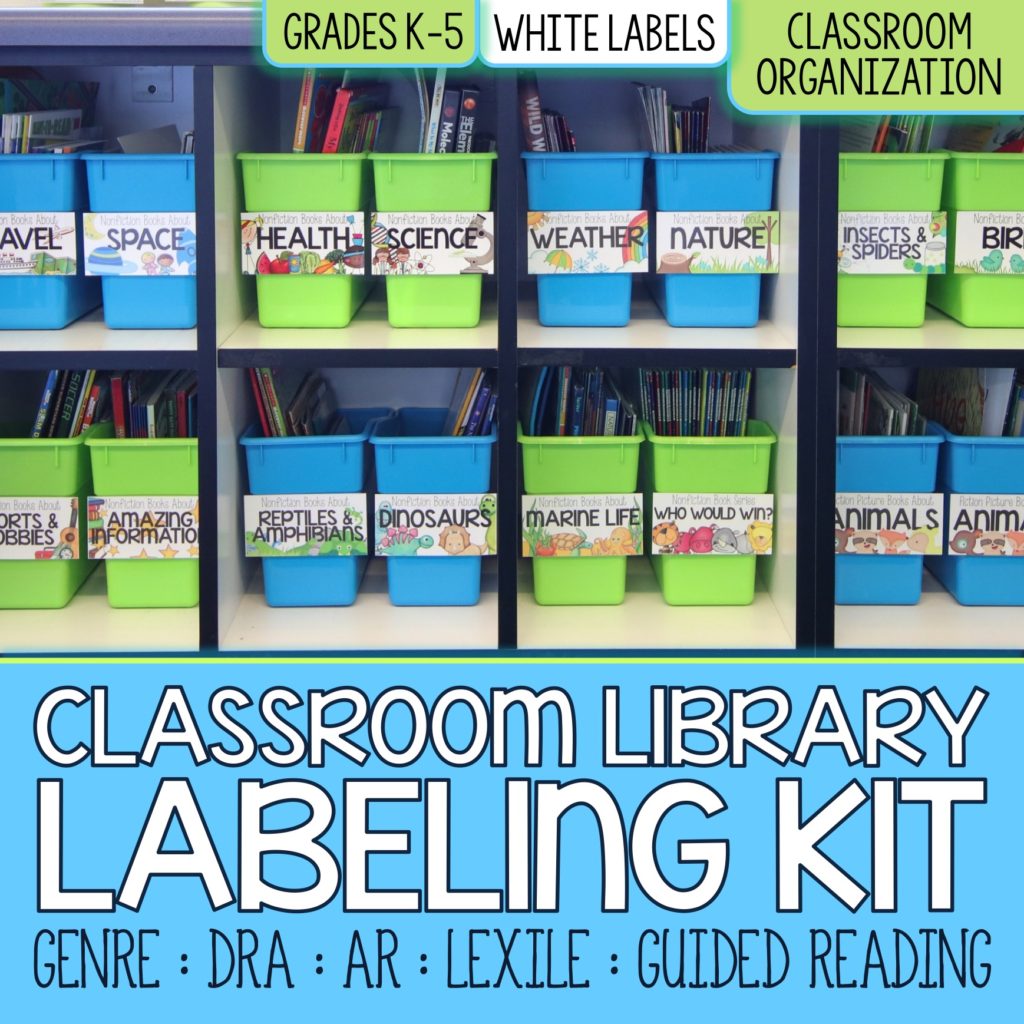

Share to TwitterShare to PrintShare to EmailShare to More
This post originally appeared on the blog Core Inspiration.
Organizing your classroom library carefully can boost reading engagement and foster a more calm and efficient learning environment. In this post, I am answering a question I get a lot. “How do you keep your classroom library so organized?” In hopes of saving you time when it comes to organizing your own library, I am going to share six tips that have made the classroom library one of our favorite and most organized corners of the classroom.
Decide How To Sort Your Books
When it comes to organizing a classroom library, it is important to have a simple plan for how books will be sorted. I highly recommend dividing fiction from nonfiction to support your students’ ability to distinguish between these two genres. From there, decide whether you want to sort by sub-genre or by reading level.
This decision will likely depend on your philosophy behind reading instruction, emphasis on leveling within your classroom, and personal preference. Remember, it should be easy for you and your students to find a particular book, and your library should be sorted in a way that makes that process seamless.
Assess the Space You Have
Find the spot in your classroom where you have the most space for shelving and build from there. If possible, arrange your library shelving against the walls rather than having shelves jut out into the middle of the room. This will make even the smallest classroom feel more airy. Your library will also be irresistibly inviting with all the books on display from across the room.
Add bins and book stands to the tops of shelves so the space has one purpose. Storing other classroom essentials in the same space as your classroom library will cause visual confusion, and bring additional foot traffic to an area that should feel relaxing. We need to leave plenty of room for thinking and imagination.
Gather Tools To Keep Books Organized and Appealing
A classroom library that is tidy, and displays books in a way that makes them appealing is another priority. Shelving and bins are key to making this happen.
When first starting out, you will most likely use second-hand shelving units, or have to rotate books in and out of the library due to a lack of space. If you get to a point when you’re ready to splurge on a shelving unit, I highly recommend Ikea’s Kallax collection, which still stands strong after seven years of heavy use in my elementary classroom.
When it comes to nonfiction books and picture books, you may find it useful to gather them in bins that are easy for students to move so they can thumb through to find the perfect book. Bins also seem to make tidying the library more manageable for young readers because they create spatial boundaries for each of the smaller book collections within your class library. Displaying chapter books directly on the shelf seems to work well because the spines are easy to read.
Within our library, we use a mixture of magazine bins from Really Good Stuff and medium storage bins from Target. Regardless of where you shop for bins, I recommend looking for sturdy plastic bin that has a handle or lip that makes it easy for students to move bins while book shopping.
Label and Shelve Books
Adding labels to each shelf and bin will make it easier for your students to navigate your classroom library. Labels should be designed to keep books organized in the same categories you placed them in during your initial sort. Consider adding pictures and words to your labels to provide visual supports for language learners.
Adding a sticker label to the inside cover of each book that belongs on a particular shelf, or in a particular bin helps students return books to the proper location. In our classroom, we use this Editable Classroom Library Labeling Kit. The bin/shelf labels in this kit are bold, colorful, and easy to read for your students to read. Each bin/shelf label has an identical sticker label that can be placed inside each book, which makes it more efficient for students to find and return books.
Once you have your labels attached to your bins, shelves, and books, stick everything where it belongs and get ready to invite your readers to their organized library.
Teach Students Routines and Expectations
Now that your books are perfectly organized, you’ll need to teach your students how to keep them that way. 
- How to check out books
- How many books to check out
- How to store books you’ve checked out
- How to use labels to carefully return books
- How to return books with the spine out
- How to care for books while reading independently
- How to care for books when reading with a buddy
- What to do if you find a book on the ground
- What to do if you find a book laying on the shelf
- What to do if you find a book in the wrong bin/on the wrong shelf
- What to do if you you accidentally damage a book
You will likely find you can combine several lessons into one day, but be sure to include an abundance of modeling and think alouds to emphasize the importance of treasuring the classroom library. Also think about discussing logical consequences that result from disregard for these routines and expectations.
Build Student Ownership
Class librarians are one of the easiest ways to build student ownership for your classroom library. Consider adding this role to your collection of classroom jobs, and you will spend little to no time worrying about the organization of your classroom library for the entire school year.
I highly recommend hiring a team of classroom librarians (2-4 students depending on the size of your library). These students can be responsible for spending 5 minutes at the end of each day tidying shelves and sorting books as needed. You may find your student librarians create systems that hold their classmates to a higher level of accountability than you originally imagined possible. Having your classroom librarians deliver a weekly “state of the library” address during morning meeting is a sure-fire way to nip any library issues in the bud.
Ready To Organize Your Own Classroom Library?
I hope you find these tips helpful as you organize your own classroom library. I look forward to hearing your thoughts, or any questions you may have along the way. If you are interested in checking out the tools I use to label my classroom library, click below.
***
 Laura Santos [Core Inspiration by Laura Santos], is an elementary teacher in California. During her 7 years as an educator, she has taught 2nd, 3rd, and 4th grade. She enjoys creating resources that help teachers create a self-directed learning environment that incorporates project-based learning and enrichment activities. Another passion is creating organized classroom spaces that promote productivity. To take a look at her classroom and instructional approach, visit her blog, Core Inspiration. You can also find her resources at her TpT store, Core Inspiration by Laura Santos. Connect with her on Instagram, Facebook, and Pinterest.
Laura Santos [Core Inspiration by Laura Santos], is an elementary teacher in California. During her 7 years as an educator, she has taught 2nd, 3rd, and 4th grade. She enjoys creating resources that help teachers create a self-directed learning environment that incorporates project-based learning and enrichment activities. Another passion is creating organized classroom spaces that promote productivity. To take a look at her classroom and instructional approach, visit her blog, Core Inspiration. You can also find her resources at her TpT store, Core Inspiration by Laura Santos. Connect with her on Instagram, Facebook, and Pinterest.

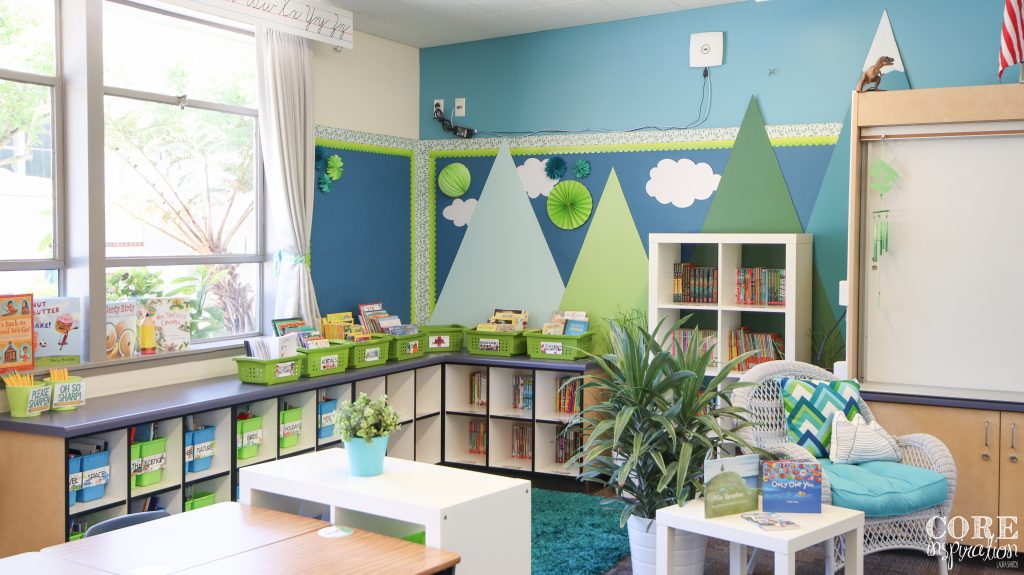
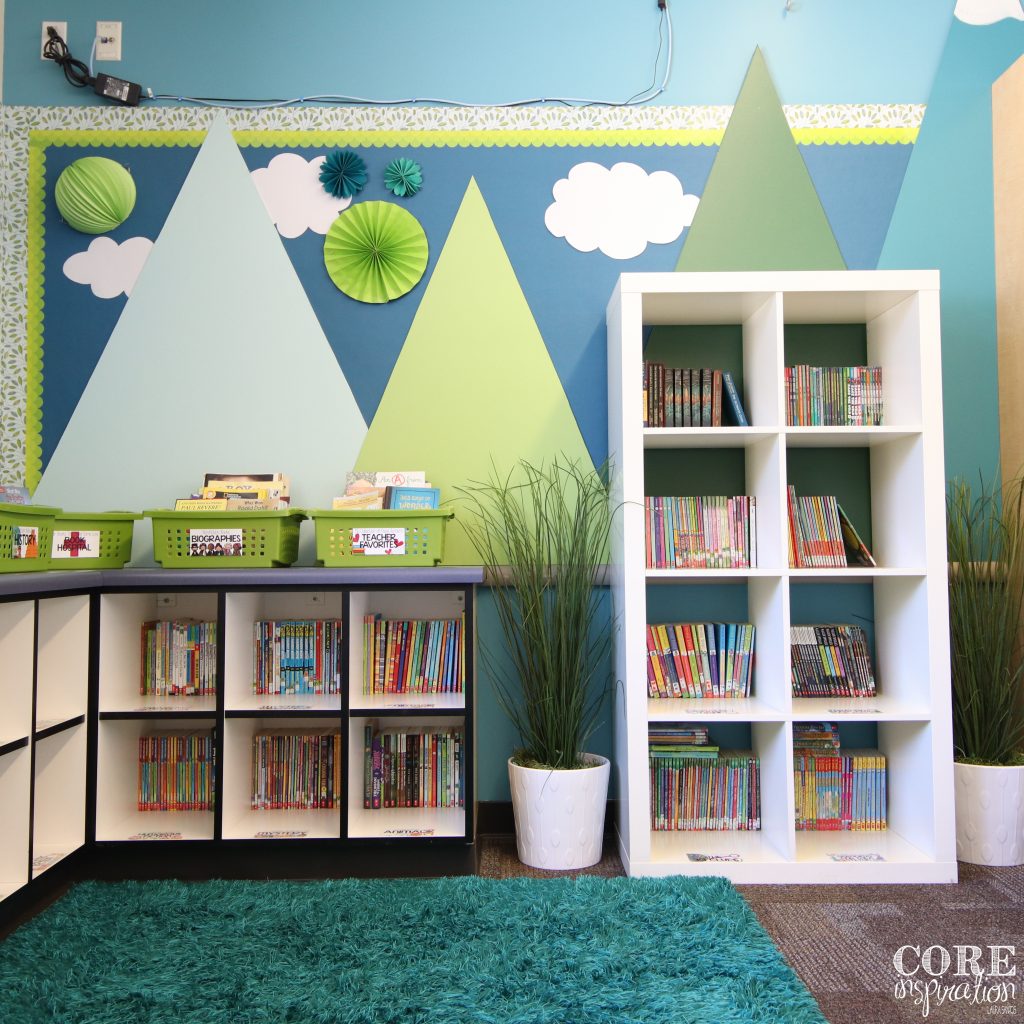
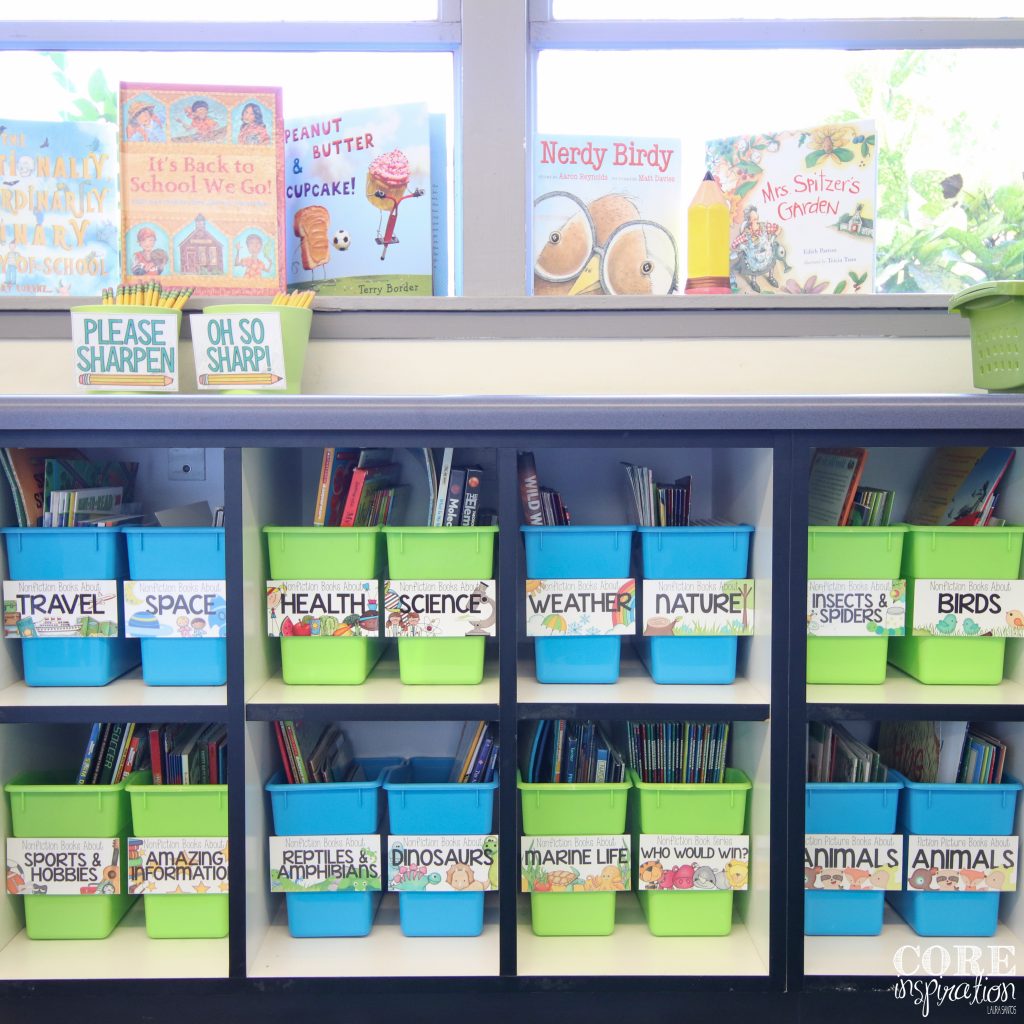
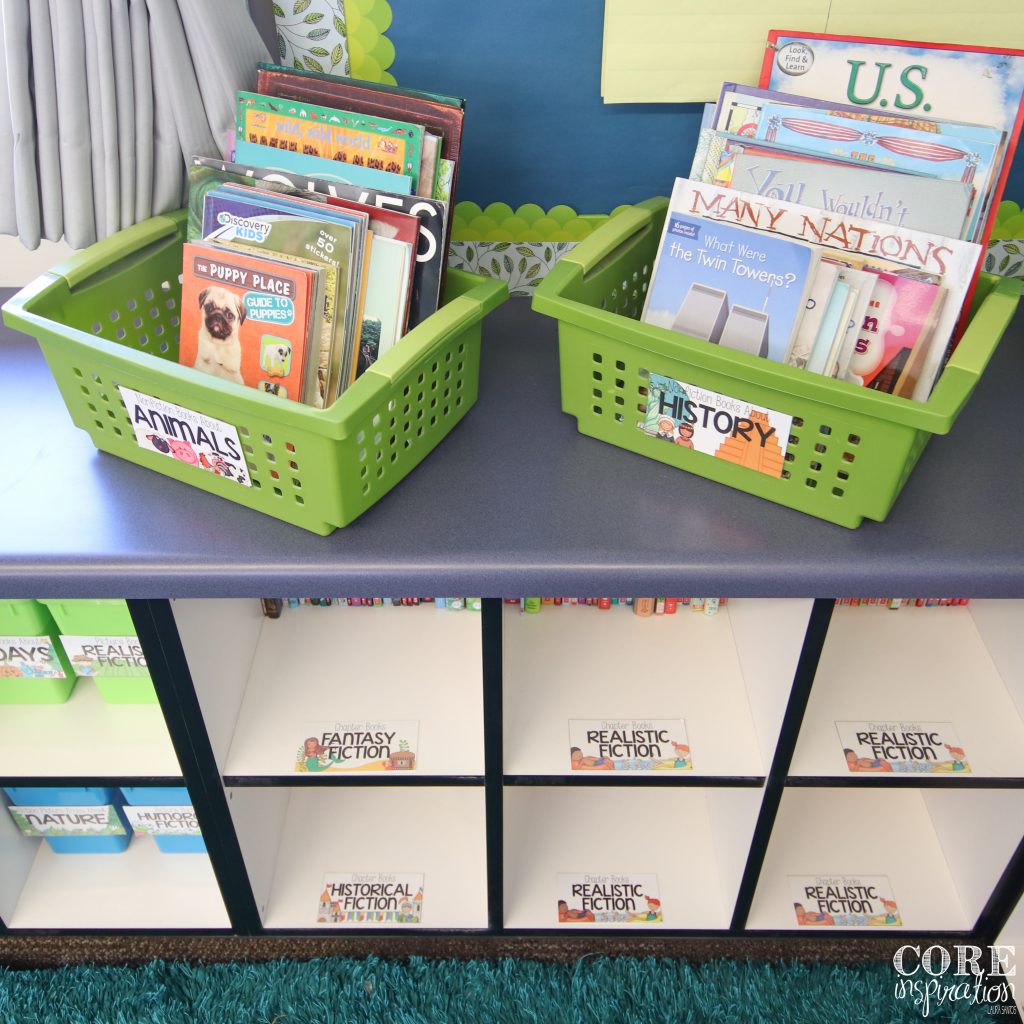
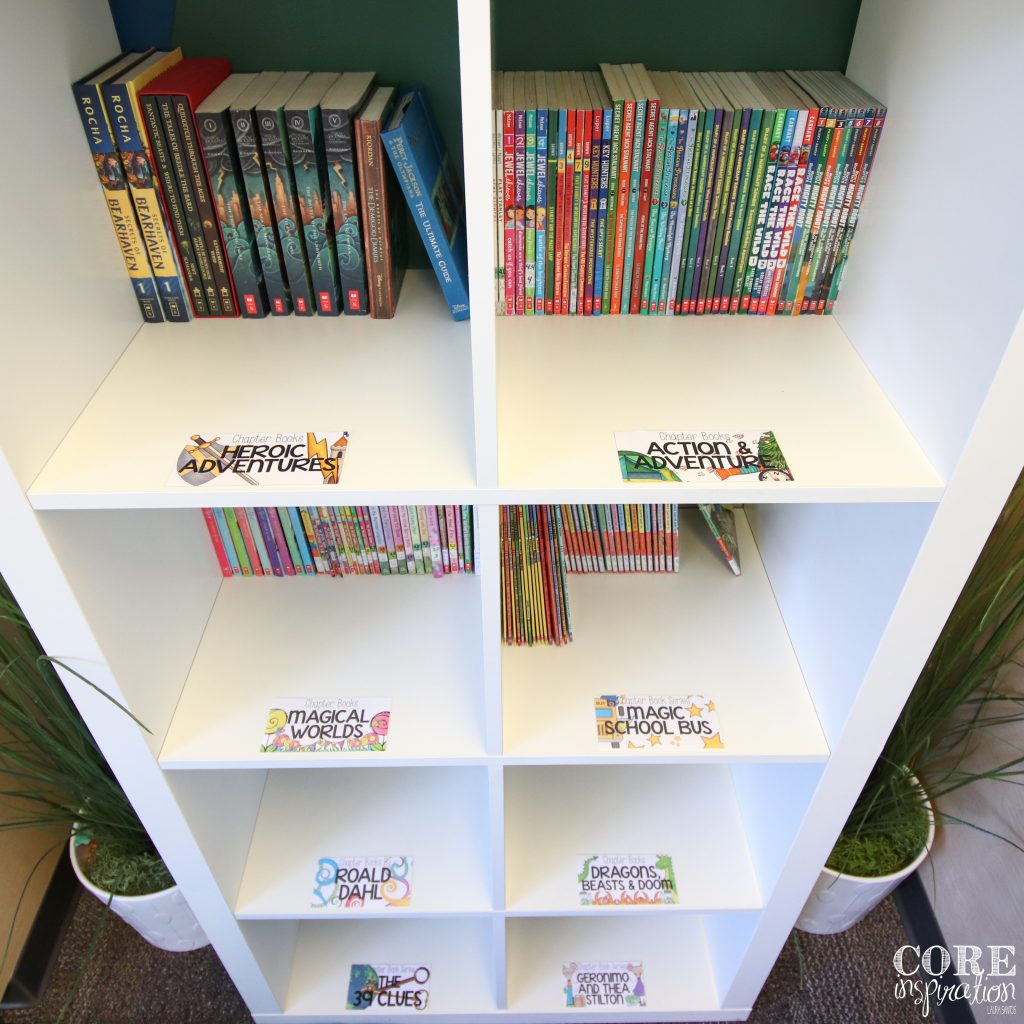
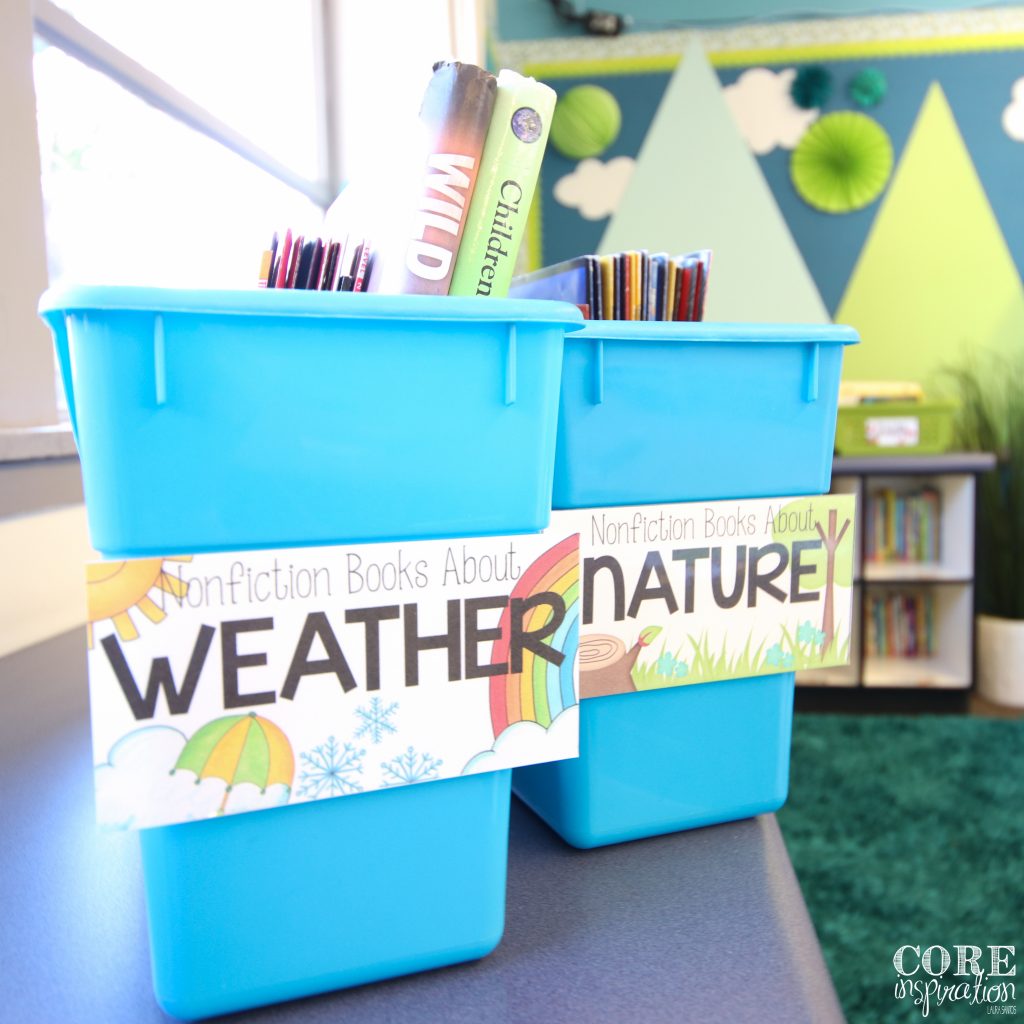
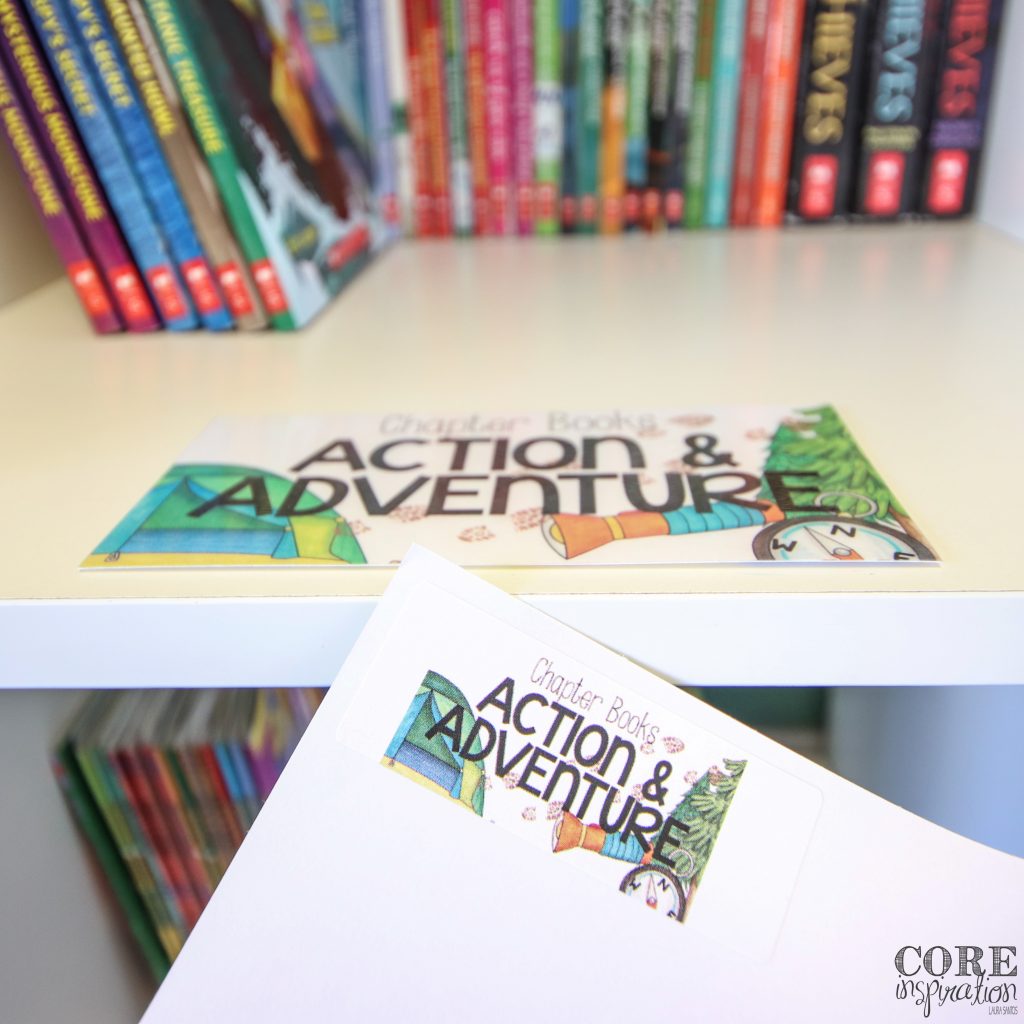
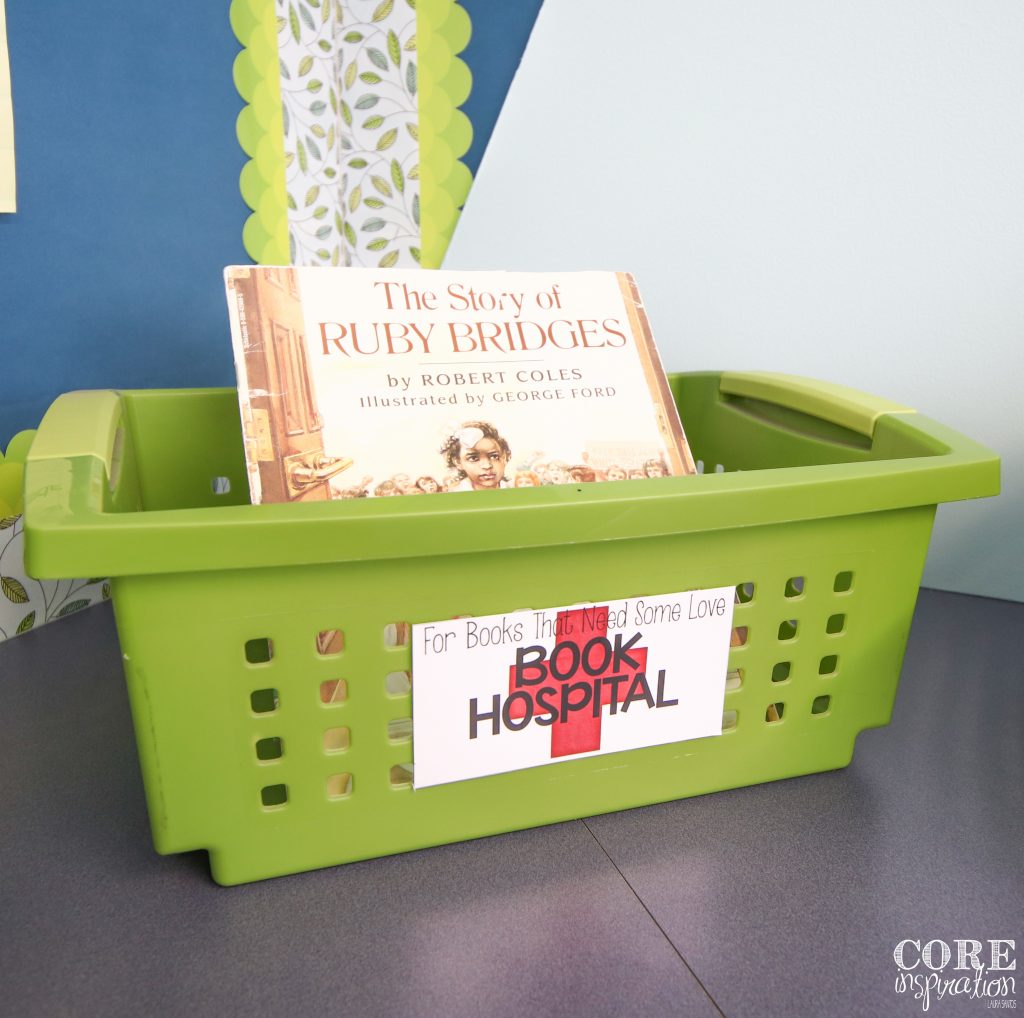
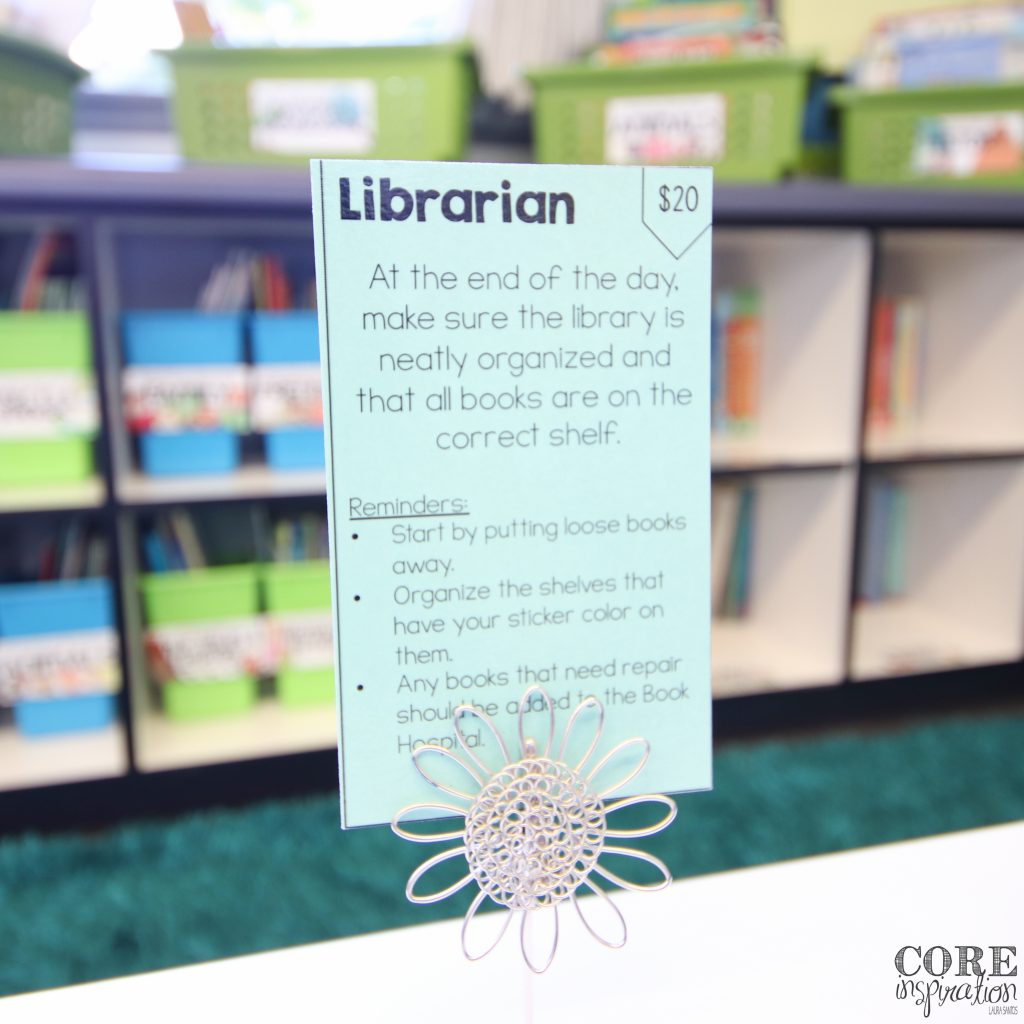

0
563